Hell is Us director reveals that the upcoming action adventure game has something in common with everything from The Legend of Zelda to Silent Hill and Resident Evil
A link to the past

The meaty third-person melee combat and brooding atmosphere of Hell is Us might scream ‘soulslike’ at first glance, but this upcoming action game from Montreal-based developer Rogue Factor has much more in common with classic adventure titles. I went into my two and a half hour hands-on session expecting something akin to The Surge or Mortal Shell, but what I found was considerably more unique.
Centered around the fictional country of Hadea in the mid-1990s, the extremely fluffy-haired military deserter Rémi is returning to his homeland after a long time abroad. The region is in the midst of a brutal civil war, fuelled by the conflicts between its various ethnic groups. It’s a bleak fantasy world that at once feels believable and realistic, but still alien enough to be intriguing.
Powered by Unreal Engine 5, everything that I explored from the well-trodden dirt paths that carve through Hadea’s dense forests to the decimated villages and muddy swamps littered with abandoned bodies and destroyed military equipment looked superb, showing off a striking visual direction that blends the gritty and grounded with the abstract and uncanny.
Modern fantasy
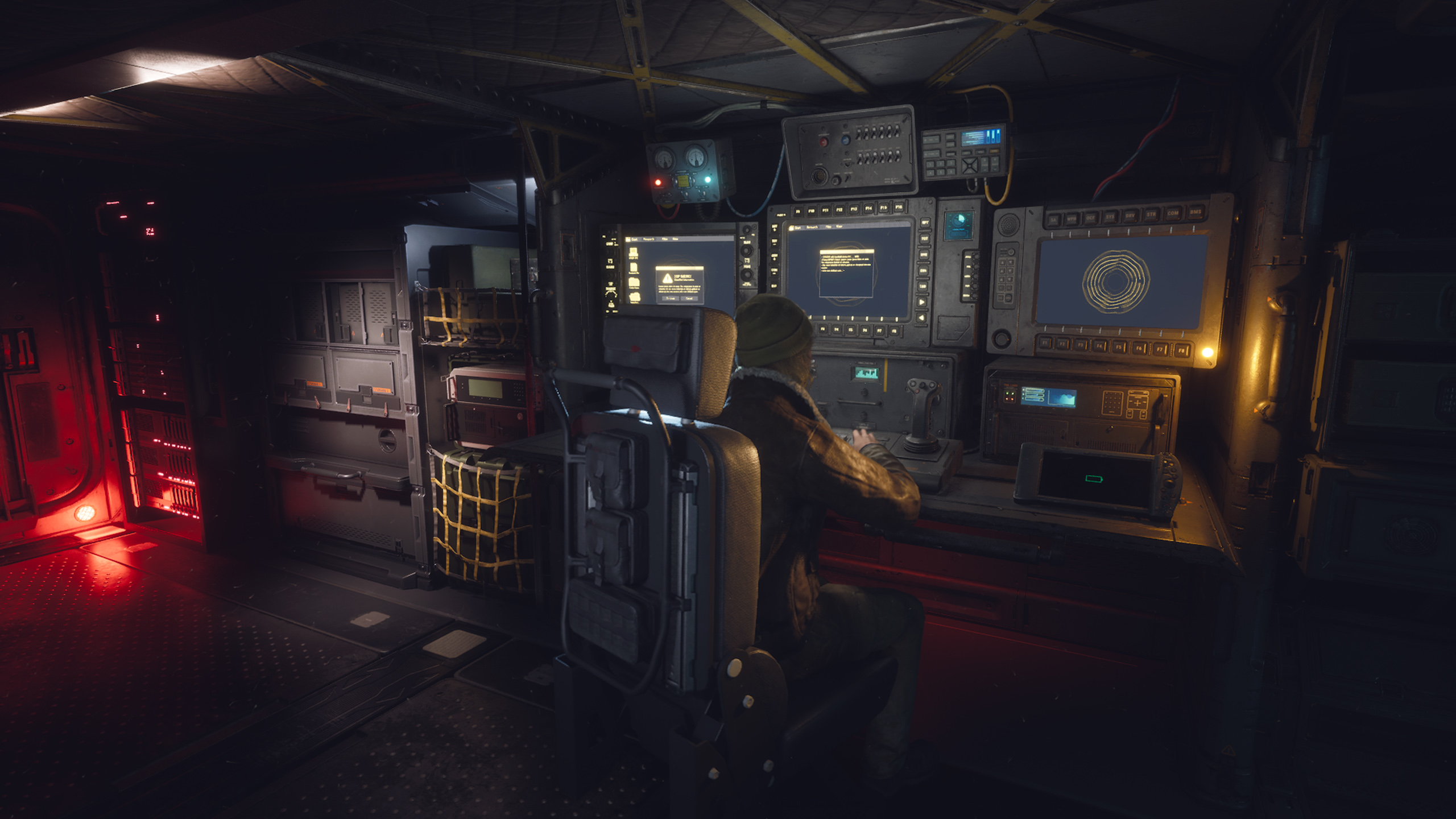
“I like to say that the world is a mix between the British countryside and Eastern Europe. Eventually, it gets quite mossy, it's like the New Forest a little bit. You get a bit of that old school Disney, with weird, twisted trees and mossy things,” explains Hell is Us creative director and art director Jonathan Jacques-Belletête in an interview after my session.
“There’s this clash between the old and the new in the game, you really feel that they're living amongst their ruins. They're living within their history.”
Beneath the destruction caused by the ongoing civil war, vestiges of an ancient civilization are almost omnipresent. Huge stone structures are visible on the horizon, and you often stumble across little monuments with markings in an unknown language as you explore. “I like to compare it to Cairo. If you go to Cairo, the city is modern, but in their backyards are those ginormous pyramids,” he continues.
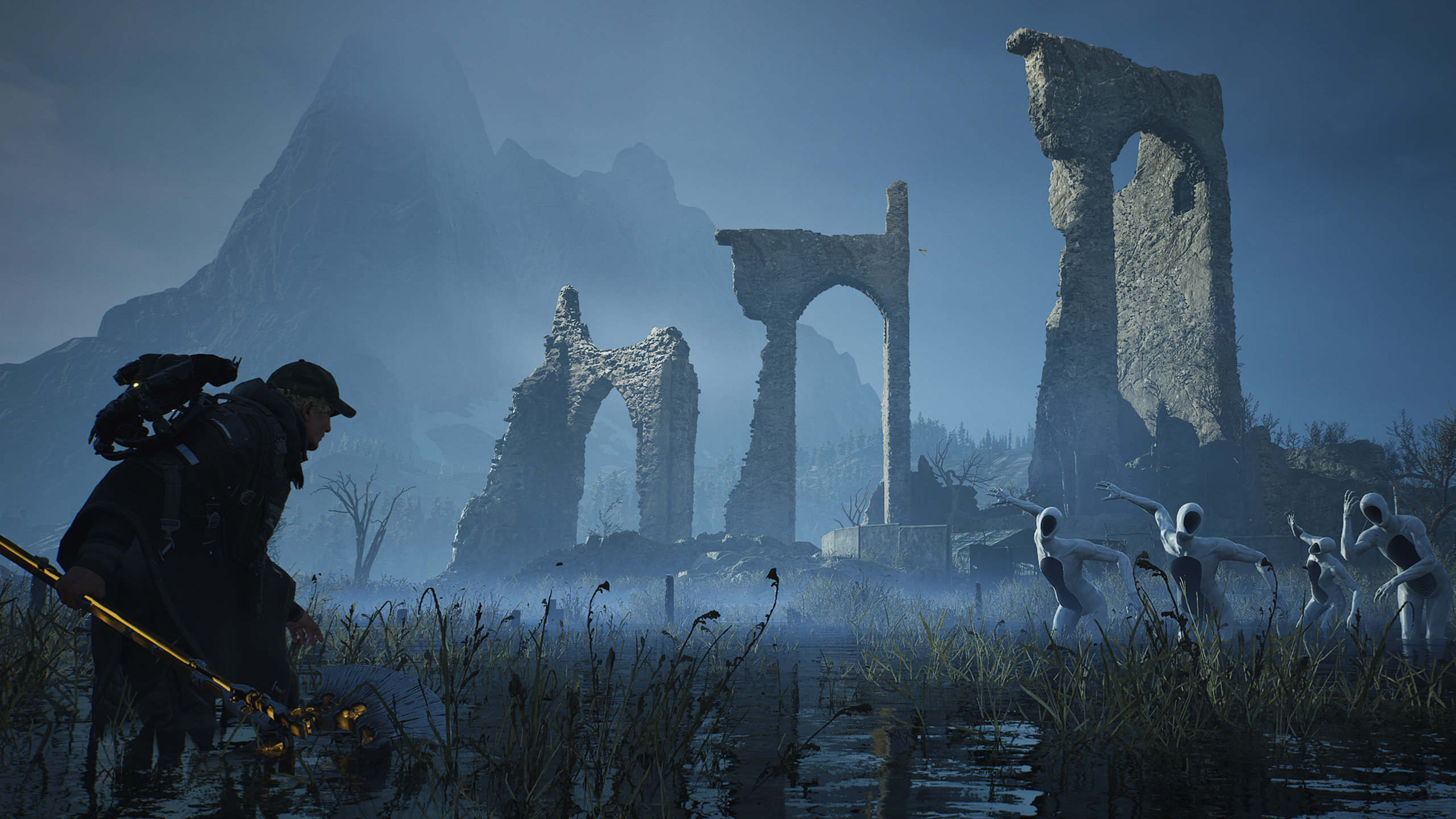
“For the longest time nobody remembered what they were, who made them, they couldn't even read the hieroglyphs anymore. The space was half buried in sand, creating this weird juxtaposition of really deep history and modernity.”
Sign up for breaking news, reviews, opinion, top tech deals, and more.
Still, Hadea and its civil war are not based on any one specific country or conflict. “We didn't spend a second, me and Matthew, my lead writer, actually geographically locating it. That's not the goal. It's not an alternate universe, it's on Earth, it's during our time, but where exactly is not important,” he adds. “Which countries are next to it, even. I don't know, and I don't care.”
Out of time
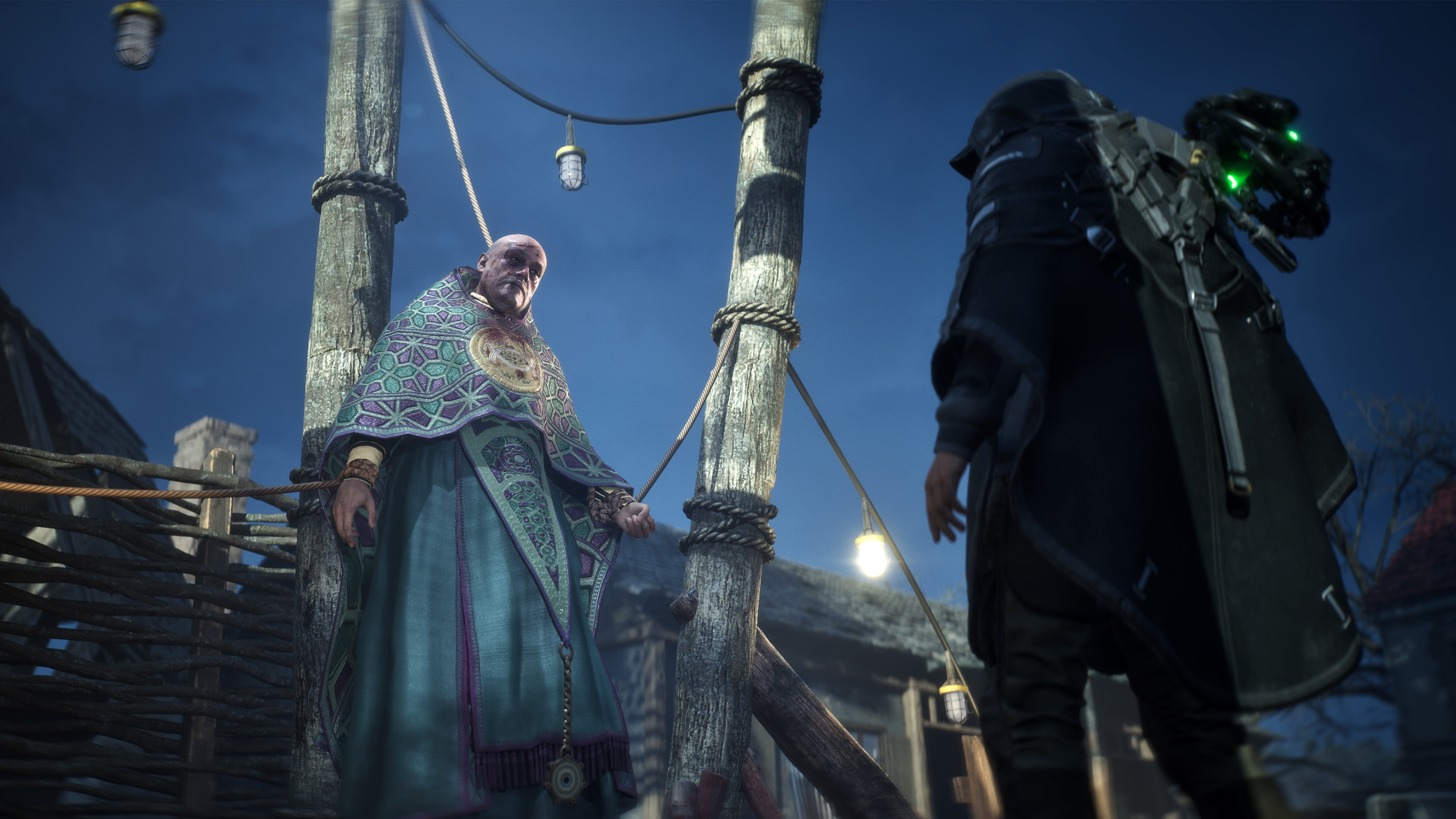
Although Hell is Us is set in the early 1990s, a period the creative director and art director describe as “a decade of horrible civil wars” that would be interesting to approach, the team didn’t hesitate to take lots of creative liberties when it came to in-game technology.
Rémi carries a handheld computer, cataloguing his discoveries on its neon-green LCD display. He’s soon equipped with a high-tech drone, which hovers behind him or rests on his shoulder and offers a built-in torch and scanning capabilities.
“How Rémi ends up equipping himself, the stuff that he finds, and also other little things you see throughout the game, are much more advanced than that era. There are reasons behind that lore-wise, Jacques-Belletête reveals. “I find it's very much part of our medium to have these weird [...] doodads that don't make sense. It's like Metal Gear, right? Metal Gear Solid 3 takes place in the 60s during the Cold War, but you have the Shagohod going on. It's just way more advanced, even for today.”
Rémi may have access to some futuristic equipment, but the way he navigates the world is decidedly old-fashioned. Hell if Us does not feature any objective markers, or even a dedicated map. It's up to you to work out what to do and where to go next.
It's up to you to work out what to do and where to go next.
This, Jacques-Belletête admits, is a risk, and a bold decision that wouldn’t have been possible in the AAA development space. “I think when you decide to do this, you need to be careful,” he warns. “If your game has cost you half a billion dollars and you want to try to sell it to 50 million people, you have to make sure that you have what such a wide audience needs.”
Still, he argues the move respects the intelligence of a more niche audience and enhances the experience overall. “I think properly getting lost in a game can be fun. There's a need to make sure that there are boundaries to it, but it's totally part of our medium. And how do you do it? Well, honestly, we were just inspired by real life. Real life is 3D and we have ears and eyes and a brain, and that's how we make sense of the world and orient ourselves.”
You’re not completely unguided, though, as small conversations with the handful of non-playable characters (NPCs) often point you towards your goal. Rémi also has his own compass though, as Jacques-Belletête puts it, "it's just a bloody compass, nothing else” and only shows which direction you’re headed.
Sleuthing around
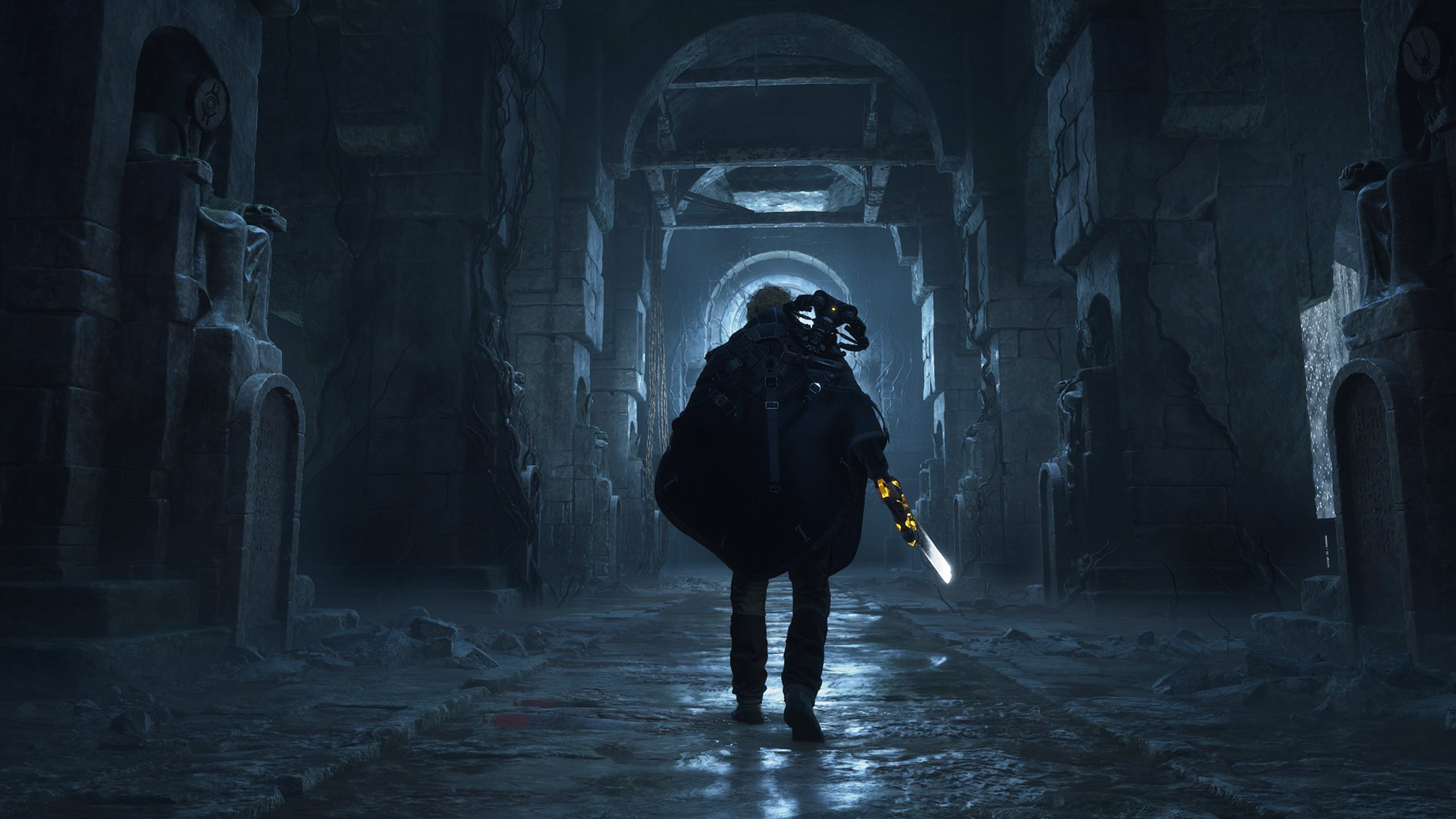
You might assume that this hands-off approach to guiding the player means that there would be relatively few objectives to pursue in order to keep things simple, but Jacques-Belletête says that’s not the case: “We don't use terms like quests and side quests in the game, because we just feel that thematically doesn't really fit the context of the era. We say that there are ‘Investigations’.”
Investigations are effectively your main quest, shaping your understanding of the central story. In the early portion of the game that I played, Rémi's Investigation involved heading to the village where his parents lived in an attempt to track them down. I also encountered plenty of side content, often in the form of forgotten letters or misplaced trinkets needing to be reunited with their owners.
“We also have what we call Mysteries, which are usually more tied to the weird past of Hadea, its medieval era, and even its really deep history, usually almost pre-history. We're talking like 1000s of years BC. Then we have Good Deeds. Good Deeds are usually related to the Civil War and to the population of Hadea,” he adds.
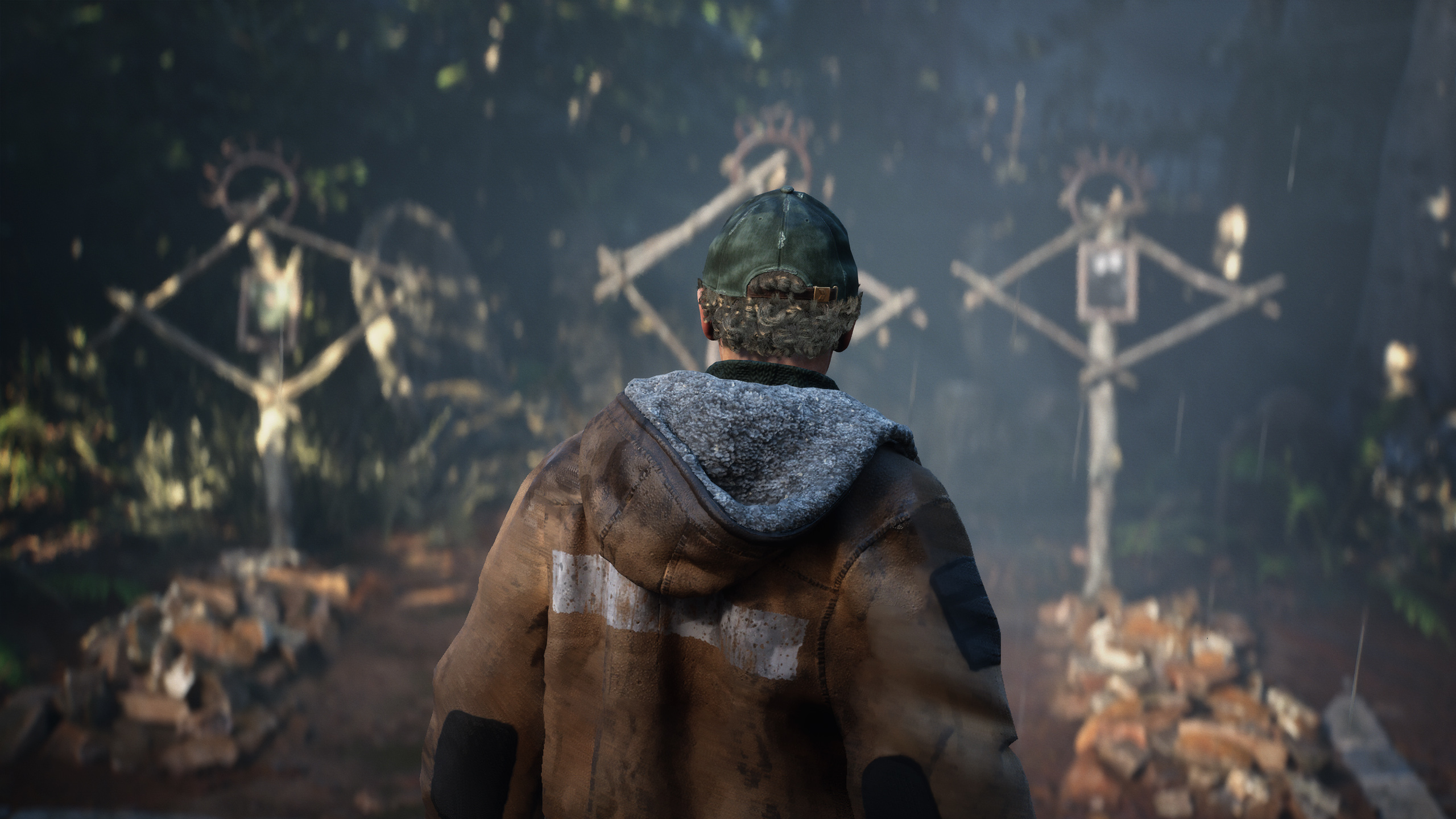
Early on, you gain access to an APC, an armored vehicle that you can use to fast-travel between areas. It’s a semi-open world structure, with quests and side quests that are designed to have you revisit old environments. “On the golden path, the main story, there are a few maps that you have to go back to, which I think narratively is fun. When you're a smaller team on a smaller game like ours, it saves a bit of money. It's good practice, it's intelligent design.”
Jacques-Belletête then compares the overall structure to classic point-and-click titles: “My inspiration basically, [...] is the Blade Runner adventure game from Westwood. It's a 1997 game - I'm much older than I look - and it's amazing. It's an investigation game, with clues and all. Based on clues, locations would unlock around LA, and then you'd get it to your Spinner, and it's like, ‘Oh yeah, now that bar is unlocked because I heard that one of the suspects used to go there,’ and then you go there. [Hell is Us] is very much like that, and it’s fun.”
This isn’t the only comparison he makes, however, and it's clear that the influences here come from across a wide range of genres. “Sometimes people ask me, ‘What type of game is this? I can't really put my finger on it.’” He begins.
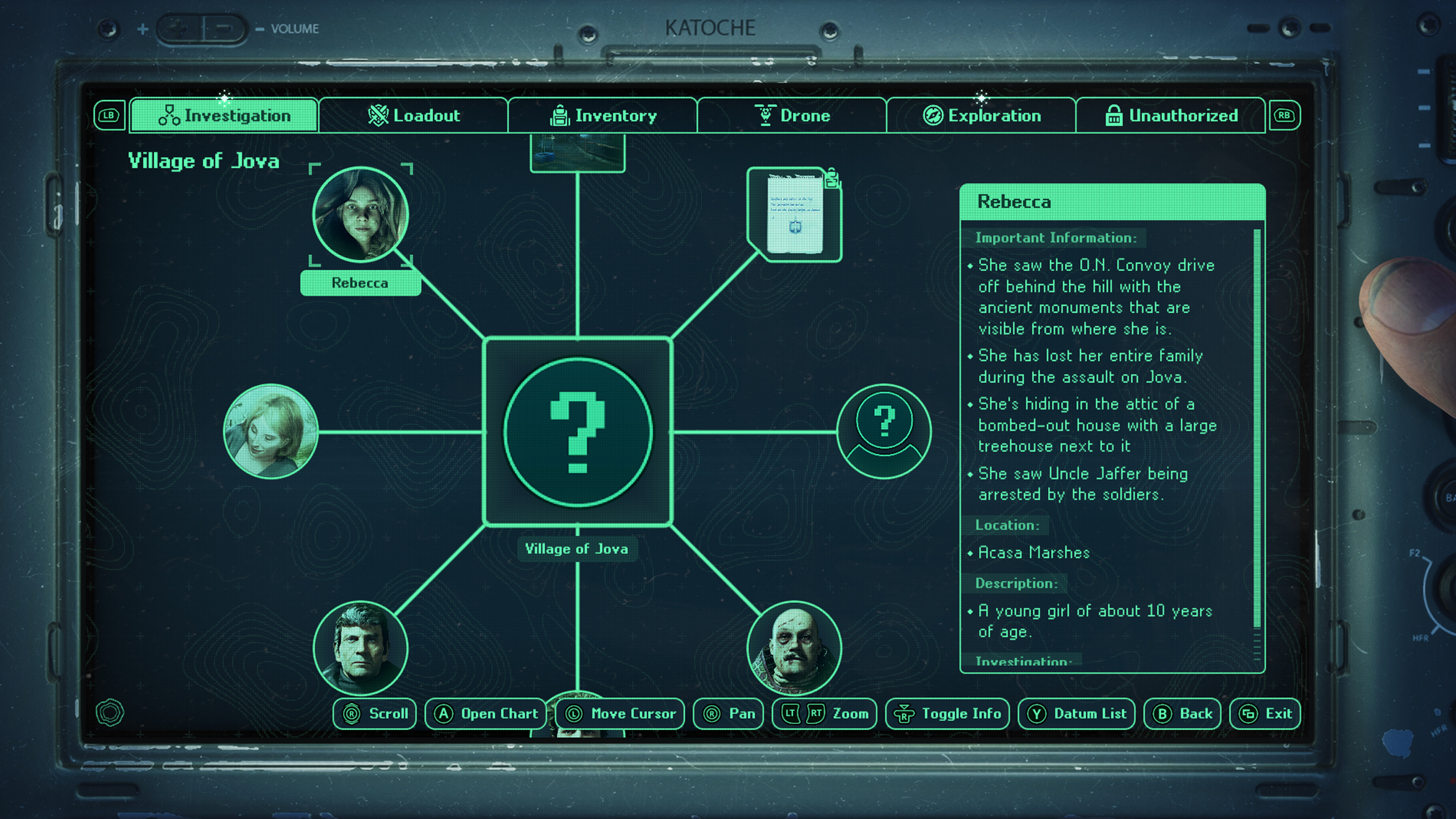
“Back in the day, we weren't so obsessed with these categories. There’s combat, there's adventuring, and exploration. There's a world, there's items, there's secrets, there's a story. It's The Legend of Zelda: A Link to the Past. The game is not a Metroidvania, though. It's got progression and puzzles more like Silent Hill or Resident Evil.”
I certainly enjoyed my time with Hell is Us, though I’m interested to see whether the team’s old-school approach to design can chime with the expectations of modern audiences.
The game is set to release on September 4, 2025, for PC, PlayStation 5, Xbox Series X, and Series S, though PC players will have the chance to try an hour of the game early via a Steam Next Fest demo next month.
You might also like...

Dash is an experienced tech journalist who currently serves as the Gaming Editor at TechRadar, where he helps oversee coverage of video games and related products.
Before joining the team, he was Contributing Writer at PLAY (formerly Official PlayStation Magazine) and has also written articles for many of the UK's biggest gaming magazines including Edge, PC Gamer, and SFX.
Now, when he's not getting his greasy little mitts on the newest hardware or gaming gadget, he can be found listening to J-pop or feverishly devouring the latest Nintendo Switch otome.
You must confirm your public display name before commenting
Please logout and then login again, you will then be prompted to enter your display name.